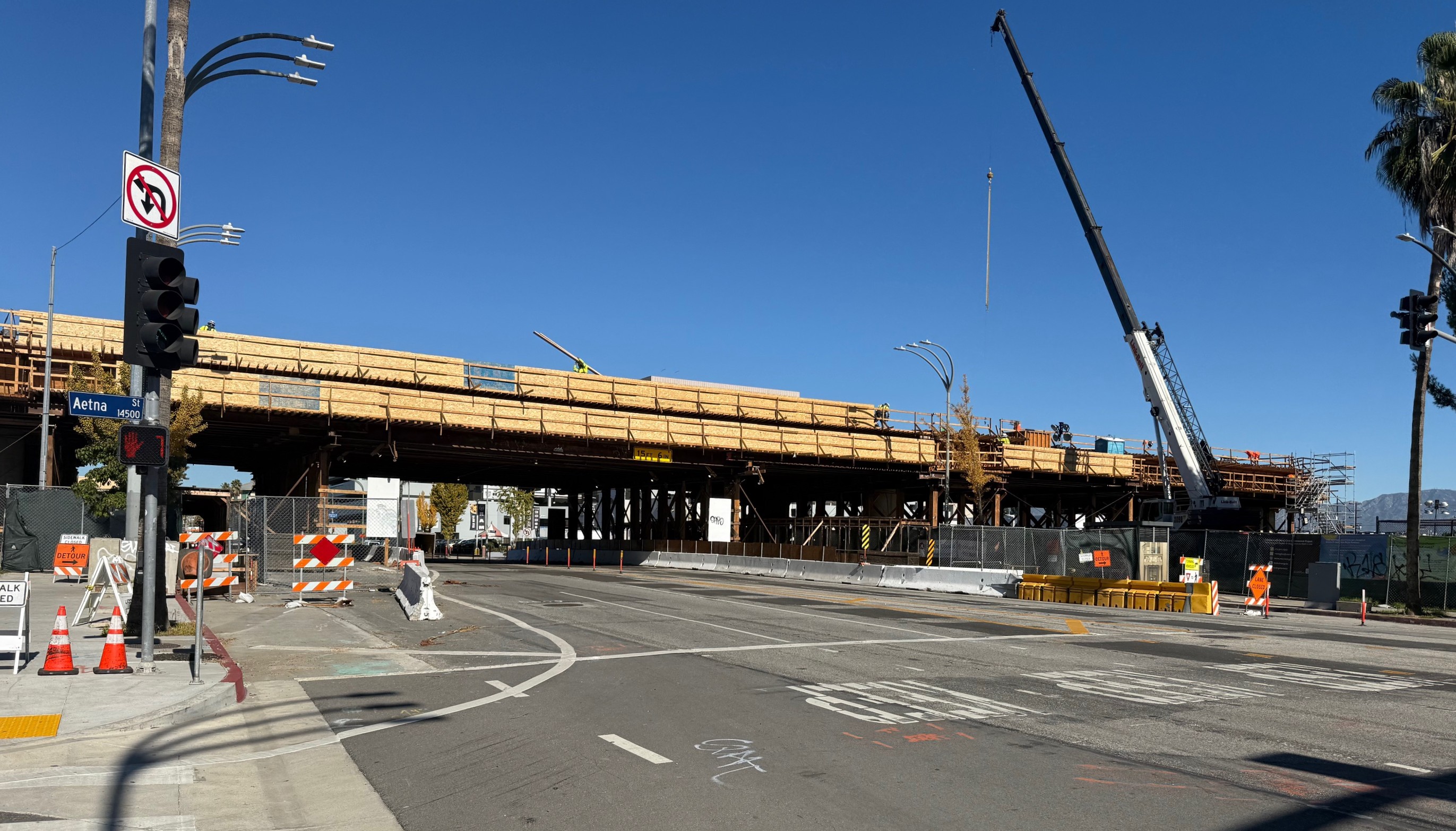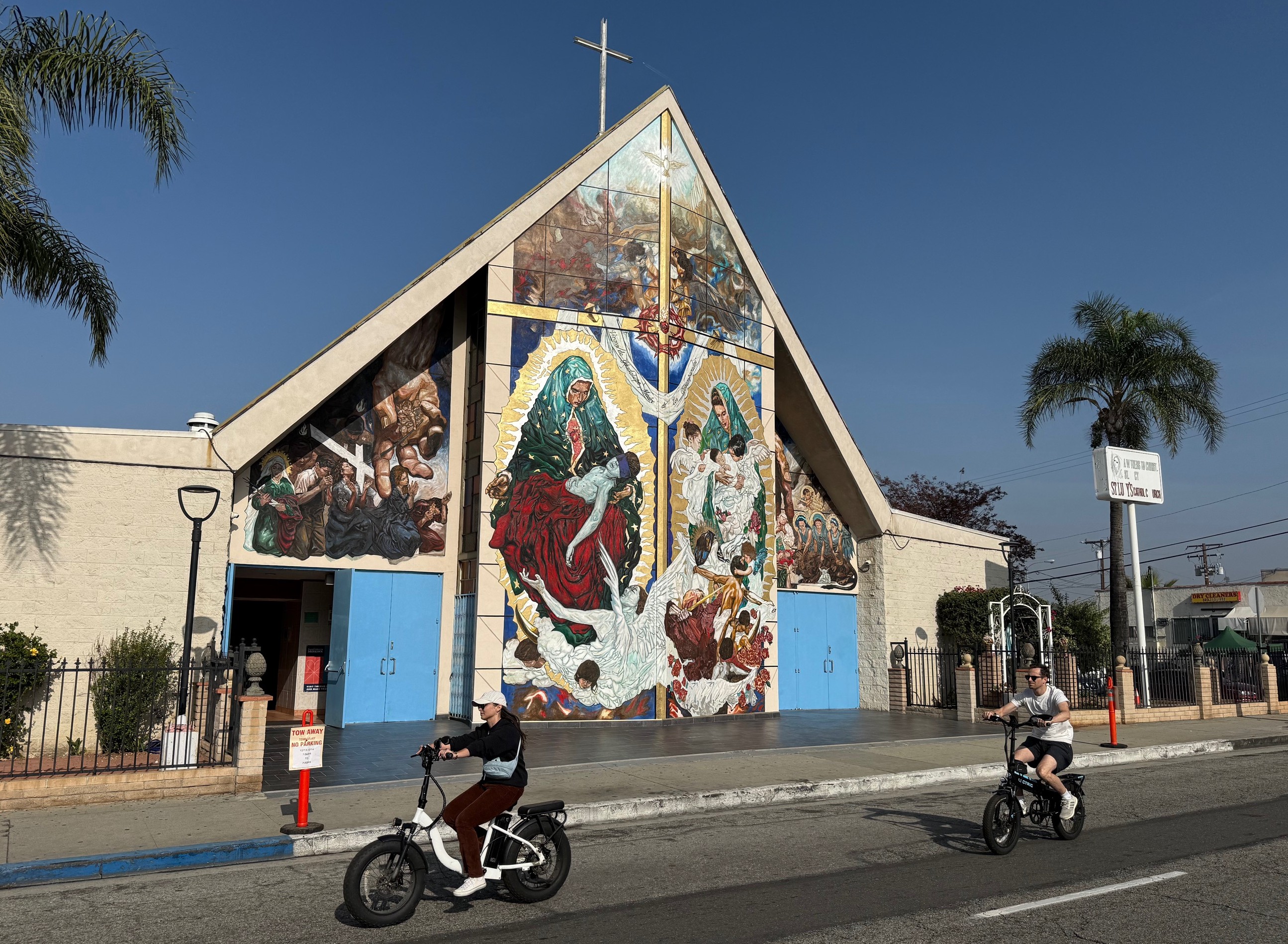The federal government can reap significant pollution-reduction
benefits by focusing on a national freight plan that replaces older
diesel equipment with newer, cleaner-burning train cars while building
out regional networks more efficiently, the Environmental Defense Fund
(EDF) said yesterday in a new report [PDF].
 Freight rail in Chicago, home of the stimulus-funded CREATE freight project. (Photo: NSTPRSC)
Freight rail in Chicago, home of the stimulus-funded CREATE freight project. (Photo: NSTPRSC)The
EDF report, aimed at lawmakers crafting the nation's next long-term
transportation bill, uses freight's growing share of U.S. carbon
emissions as a jumping-off point to call for broad reforms.
Freight
currently accounts for 25 percent of the transport sector's annual
greenhouse gas production, according to EDF, but the government has
reported that freight's share of total emissions is growing twice as
fast as that of passenger transport -- thanks principally to the rise
of truck freight movement.
One of the report's first examples of local freight reform is the CREATE project, a federally funded
effort to better align freight and passenger train movement in the
Chicago area. But the EDF's policy agenda is not limited to rail;
efforts to retrofit and clean up diesel vehicles, such as California's Carl Moyer program, get their due.
Two
more auto-centric recommendations from EDF are increased use of
tolling, which the group believes could be a tool for reducing
emissions, and electrifying truck stops. How do idling truckers
contribute to freight's greenhouse gas production? From the report:
Federally
mandated safety rest periods for truck drivers often lead to idling to
maintain heating, airconditioning and other cab comforts. The average
sleeper cab tractor idles for 1,500 to 3,000 hours per year, consuming
an average of one gallon of diesel per hour. With each gallon of
conventional diesel emitting 22 pounds of carbon dioxide, EPA estimates
that longduration idling generates more than 11 million tons of carbon
dioxide annually. Truck stop electrification eliminates this idling and fuel
consumption by allowing truck drivers to connect to an electric power
system. Truck stop electrification provides truckers with the same
creature comforts and work needs, but keeps the surrounding air and cab
free of toxic pollution and greenhouse gases.






